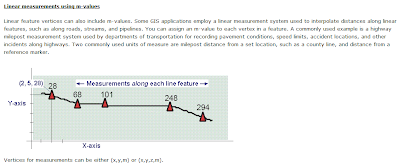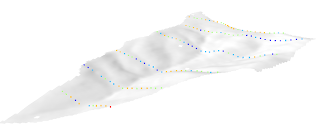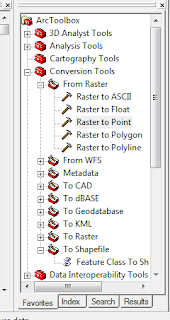I think I've spent most of my life doing things on Excel. In a way, if Matlab is an exciting night out on the town, Excel is an evening at home in bed with a blanket and a kids' movie.
I do love Excel 2010. SO much more than Excel 2007, which I did not love. And don't even get me going on Excel 2008. Mac users with no statistical analysis package? :(
I was sadly a Mac user at the time. Shhh... don't tell. I don't own any converse and I don't listen to much eclectic music.
Anyway. In Excel 2010 there is a header tab, the "data" tab. This tab is my best buddy on Excel due to the fact that it allows access to the "filter" feature (looks like a little conical funnel). If you've not used filter I find it to be confusing at first due to needing to know where to click.
So to use filter, you want to highlight your first row. Which means you want to hold your cursor over the left side number (1) and right click on it-- in your spreadsheet, of course.
Now just press the funnel button to filter!
What you'll see if you press one of those down arrows is a list of all the values that is in that column. You can check on and off queries that you want to look at. For example, in the above, I might want to look at all events that happened in 1988. So I could turn my first column to 1988.
I find this to be a really useful tool for getting what I want from raw data. I know maybe to some people it seems obvious, but I thought I'd share, because you can't use tools if you don't know about them.
On a side note, I've been feeling a calling recently. I've noticed that for environmental science (forestry, geology, geography, hydro, etc.) research professionals (and just normal people who like science, there's really a dearth of good "intermediate level help." So what you end up with is a bunch of people with great questions and no tools to answer them. It's easy to google some question like, "how can I systematically delete every nth row in Matlab" and what you'll find is that there are easy help pages (it's Matlab! This is a program for computer processing. Let's write a script! "fprintf 'hello world'" > hello world!) and then there's really complicated (message board troll1 "just recompile your kernel using a batch processing script! write it in C#"! Come on!)
What there is a need for is a good source of intermediate help. I mean, hand-holding-style for the harder applications. It won't tell you "press 'new!' to open the file" but it will say "and you can actually define interval in matlab by putting the interval between your coordinates. For example, 0:0.005:1 takes you from 0 to 1 with an interval of 0.005. Now in a For Loop, that will look like this (screenshot).
I would love to partner with an Extension and gather up all the useful stuff I put on here, as well as other needs and tips I learn, and publish an official help column that would have a targeted audience....





















